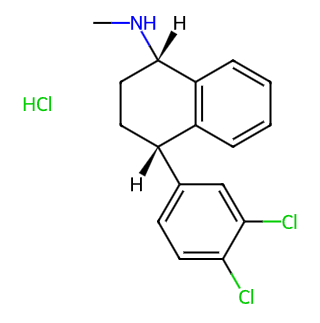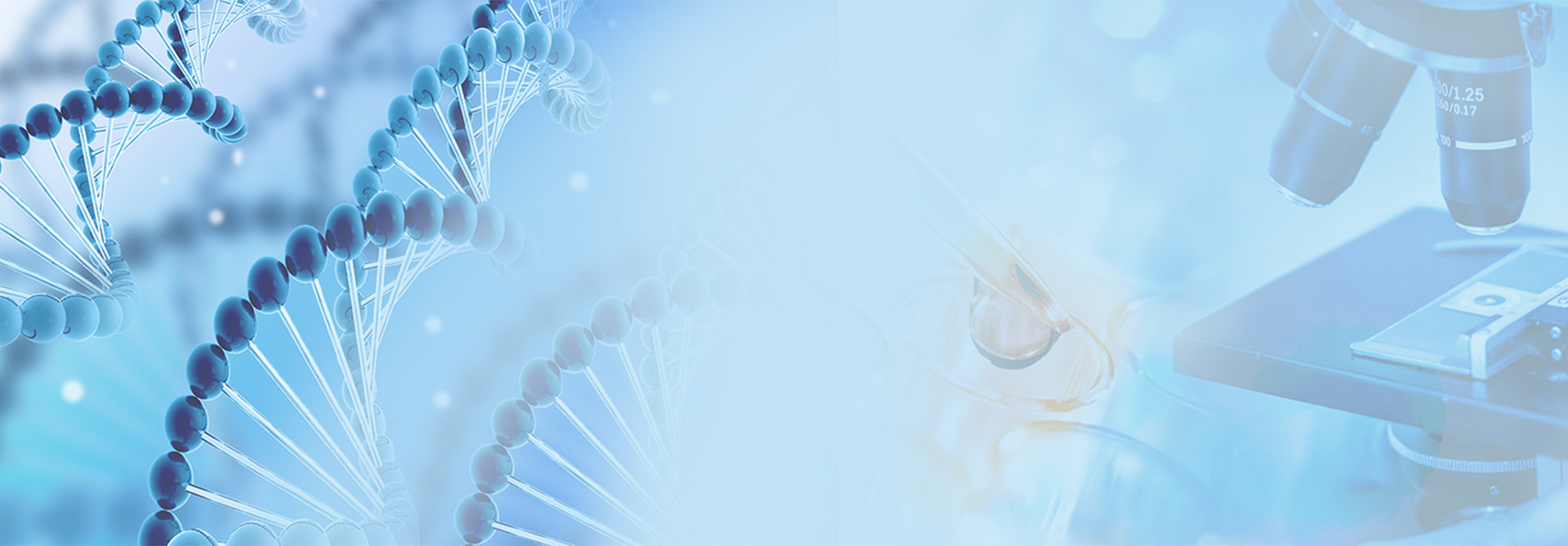- Synthetic anti-infective drugs
- Medications for the digestive system
- Antipyretic and analgesic drugs
- Medications for the blood system
- Medications for the respiratory system
- Anti-allergic drugs
- Medications for the urinary system
- Diagnostic medications
- Immunosuppressive and immunomodulatory drugs
- Vitamins and mineral supplements
- Antioxidants and medications for osteoporosis
- Antiparasitic drugs
- Ophthalmic medications
- Amino acids and their derivatives
- Dermatological medications
- Medications for the circulatory system
- Antitumor drugs
- Medications for the nervous system
- Hormonal and endocrine function-regulating drugs
- Antibiotics
- Others
CAS No.: 79559-97-0




Chemical Information:
- Chemical Name: Sertraline Hydrochloride
- CAS Number: 79559-97-0
- Molecular Formula: C17H17Cl2N•HCl
- Molecular Weight: 342.7 g/mol
Pharmacological Action:
Sertraline Hydrochloride is an antidepressant belonging to the selective serotonin reuptake inhibitor (SSRI) class. It is primarily used to treat major depressive disorder, obsessive-compulsive disorder (OCD), panic disorder, and social anxiety disorder. Here's a detailed overview of its pharmacological actions:
1. Mechanism of Action:
o Sertraline works by inhibiting the reuptake of serotonin (5-HT) in the brain, increasing its levels in the synaptic cleft. This leads to enhanced neurotransmission of serotonin.
o The exact mechanism by which sertraline exerts its effects is thought to be linked to its potentiation of serotonergic activity in the central nervous system.
2. Effects on the Central Nervous System:
o Serotonin Reuptake Inhibition: By blocking the serotonin transporter (SERT), sertraline increases serotonin availability in the synapse, which is believed to help improve mood and reduce symptoms of anxiety and depression.
o Minimal Effects on Other Neurotransmitters: Unlike some other antidepressants, sertraline has minimal to no effects on norepinephrine and dopamine reuptake. It also has low affinity for most other receptors, including adrenergic, histaminergic, muscarinic, and dopaminergic receptors, which reduces the likelihood of side effects related to these neurotransmitter systems.

Tai Yau Street, San Po Kong, Kowloon, Hong Kong, China.



